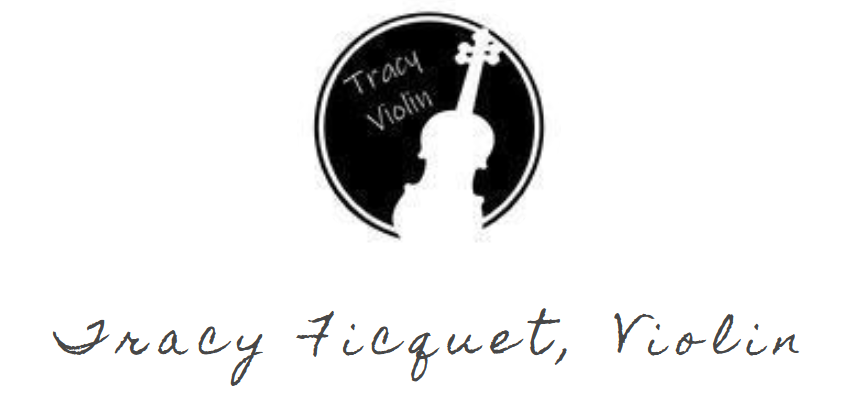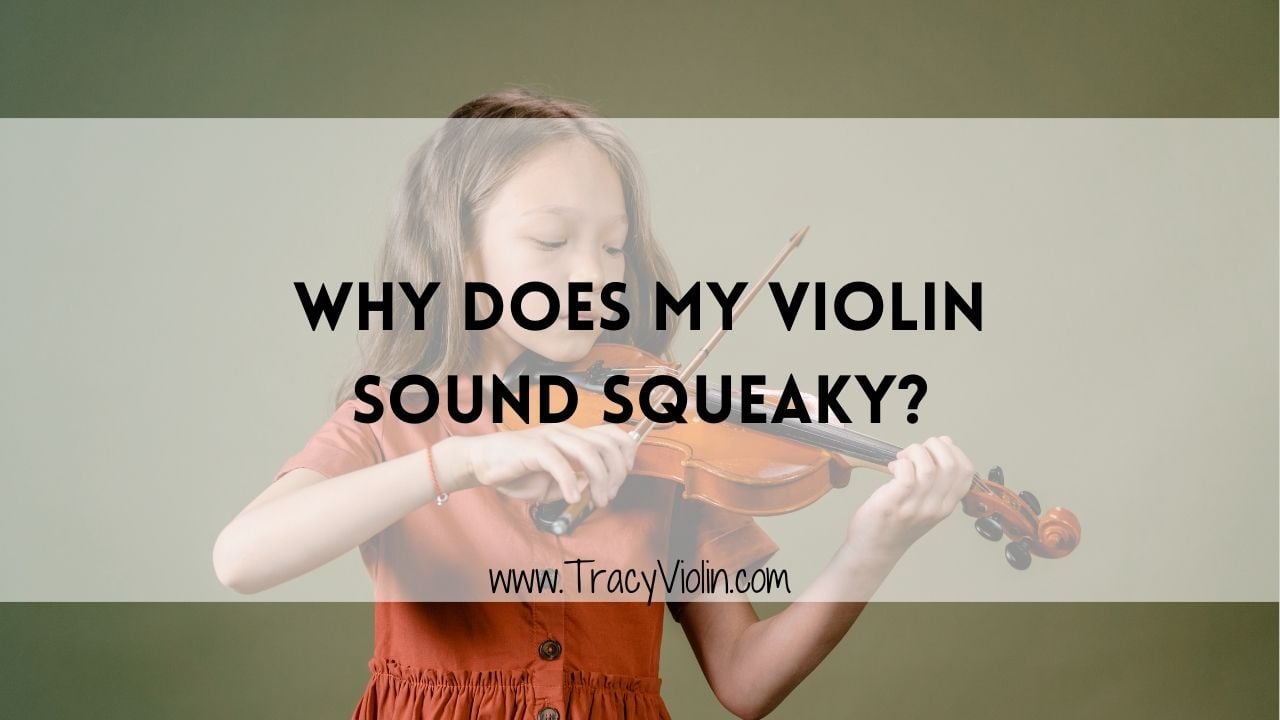When people hear that I am a violin teacher, often times I get comments on how patient I must be to deal with beginners who produce squeaky sounds. However, my beginner violin students don't sound squeaky-- or, at least, not for very long.
In this article, I list the most common reasons why beginner violin or orchestra students sound squeaky, along with how to fix it.
1. The Bow is Not Traveling Straight
When the hairs of the bow are not perpendicular to the strings of the instrument, the bow hairs sometimes "skid" and create unwanted noises. Most likely the bow is not traveling straight because the shoulder is being used to create movement rather than the elbow, but it also could be a problem of perception (viewing an instrument that is located directly under your chin isn't exactly the best vantage point).
2.The Bow is Not Traveling Fast Enough
Many people equate squeaky violin sounds with too much bow pressure being used. They will try to suspend their right arm in the air in an attempt to combat gravity and lighten up the bow's contact with the strings. However, this is a sure way to develop a stiff shoulder and inhibit movement.
The solution? Relax and let gravity work for you! Bow pressure is a good thing, but it needs to be paired up with a faster-moving bow. I often tell my students to make their bow travel at 100 mph in an attempt to encourage more movement. Which leads me to my next point...
3. Not Enough Bow Length
You're holding a stick that potentially costs hundreds of dollars (even up to a few thousand dollars, especially if the stick is from Brazil with horse hairs from Mongolia and assembled in France), so why only use 2 or 3 inches of it at a time? If they wanted you to use that little bow, it wouldn't be so long in the first place-- 75 centimeters, to be exact, or about 30 inches. Using too little bow, combined with too much bow pressure, is a recipe for disaster.
4. Poor Coordination Between Left and Right Hand
To some it may seem obvious, but every time your bow changes direction (from a down bow to an up bow or vice versa), your left hand finger needs to already be pressed down on the string. The difference of timing between the left and right hand may take place in the span of only a nanosecond, but if the coordination is not timed correctly, the result will be unwanted noises or squeaks.
5. Poor Coordination During String Crossings
When your bow switches from one string to another, this is a notoriously difficult time to put all of the above together correctly. In fact, the quality of your string crossings is an infamous indicator of how good of a violin player you are. Many music snobs (whether self-proclaimed or not) even go so far as to listen so hard for these string crossings that they seem to forget that the whole point of music is to be enjoyed in the first place! Maybe I will write a post on this topic in the future someday... but for now, all joking aside, just try to remember that every string crossing should be treated with much care and patience.




Comments ()